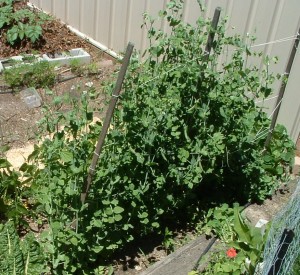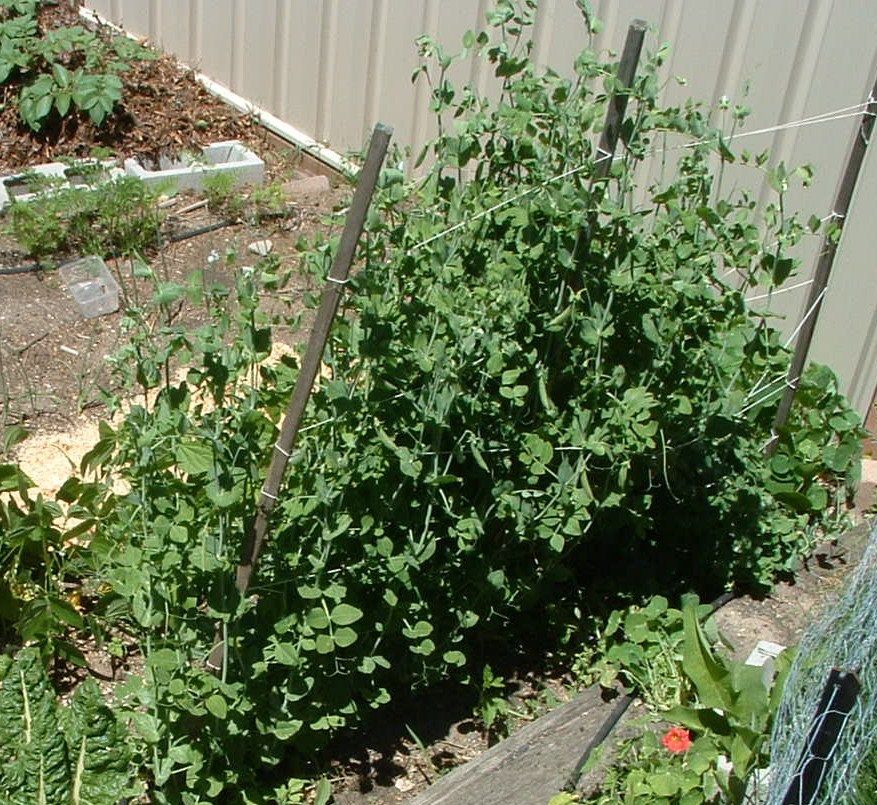Those of us who live in suburbia usually have the benefit of additional space around our homes. This is conducive to starting a vegetable garden, which can be just one part of a sustainable lifestyle. Whether we are installing solar lights in our gardens or growing cucumbers (or buying them from a local organic grower), we can do our part to live more sustainably. To embark on vegetable gardening, begin with easy to grow vegetables and then move up to those that are more difficult.
A green thumb is not required to grow certain vegetables. There are vegies that grow quickly, produce a lot of food, and do not need much assistance from us. Taking a small vegetable garden from seed to harvest can provide you with a great with a sense of accomplishment. When the garden goes dormant in the fall, winter months can be spent determining which vegetables to incorporate the following year, though depending where you live, there may be some easy to grow winter vegetables you could try as well.

During the first attempt at a vegetable garden, certain plants are most likely to result in success. Peas flourish when they are planted six to eight weeks prior to the last frost. Grow peas on a trellis for easy access. Radishes make a nice addition to a salad and are considered the easiest vegetable to grow, taking only 20 days to develop. Novices can create the foundation of their salads by growing lettuce of the Little Gem Baby Romaine, red Romaine, Rubens Baby, or Merveille des Quatre Saisons varieties from Scheepers.
If spinach is the preferred leafy green, novices can grow it instead but plant the seeds early. Some leaves should be harvested as babies, others at 30 days, and the remainder after 40 days. Spinach does not grow well in warm weather, so plant a crop in late summer for a fall growing season. Carrots are easy to grow, but the full-sized versions do not do well in rocky or clay soil. Carrot seeds germinate very easily and the many small plants that develop should be thinned by pulling some out when they reach about two inches high.
Zucchini is considered an easy vegetable to grow and it is also very productive. Most families can make do with only

one or two zucchini plants. Seeds can either be sowed into the soil or young plants purchased from a garden center can be transplanted. Green bush beans grow very quickly, do not take up much space, and have an extended harvesting time, so add these to the garden plot for sure .
Tomatoes are really fruits but no salad would be complete without them. Select a couple of fast-growing, hardy hybrids and plant in a warm location to yield many tomatoes. Cherry tomatoes like Sunsugar and Sungold are packed with flavor. Enchantment, a plum tomato, is also delicious and the Carmello hybrid is large and resists disease. Remember that tomatoes need space and most need staking. When you have a little more experience, tomatoes are also a good area to try some heirloom varieties, as they can be significantly more tasty.
Most vegetables grow best in a soil mix that is tailored for their needs, however most of these will grow reasonably well in fairly average soil. Ideally though, do improve your soil before planting, with a liberal application of compost at least, and for the tomato and zucchini bushes some cow or chicken manure dug in a few weeks before planting will improve your crops.
By including these easy to grow vegetables in the garden, anyone can have complete salad fixings in a matter of weeks. There is nothing like the feeling of living off of your own land and knowing that the crops were not treated with harmful chemicals, and haven’t traveled further than your backdoor. After one growing season, your thumb will begin to turn green and you will be ready for more advanced crops.



